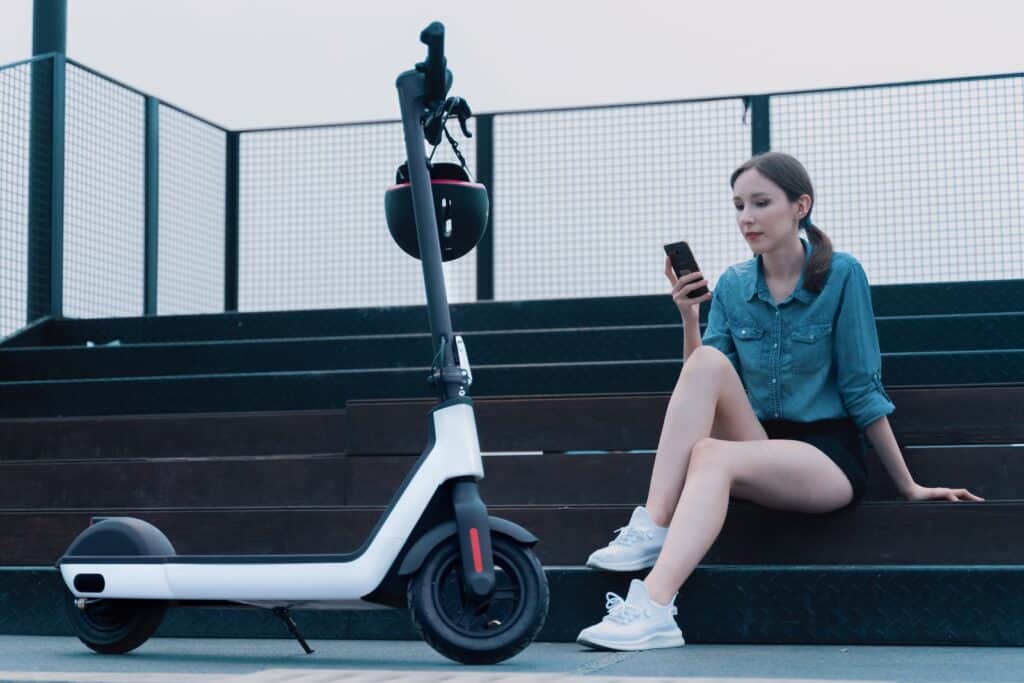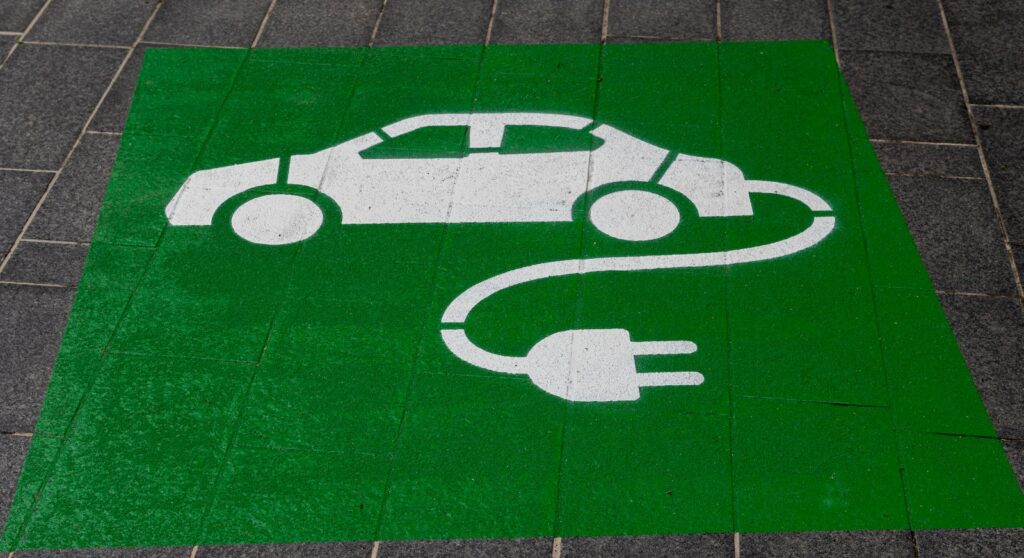Micromobility is a term that refers to a range of small, lightweight vehicles that are typically driven by users personally. These vehicles operate at speeds below 25 km/h (15 mph) and include bicycles, electric bikes, electric scooters, shared bicycle fleets, and electric pedal-assisted bicycles. Micromobility has gained popularity in recent years as a result of its potential to help address some of the most pressing transportation challenges facing urban areas, such as congestion, emissions, and uneven access to transit.
Understanding micromobility is important because it is transforming the way people move around cities. By providing an alternative to traditional modes of transportation, micromobility has the potential to reduce traffic congestion, lower emissions, and improve air quality. Additionally, micromobility can help to address the issue of uneven access to transit, particularly in areas where public transportation is limited or non-existent. Despite its many benefits, however, micromobility also presents a number of challenges, including safety concerns, regulatory issues, and the need for appropriate infrastructure.
Table of Contents
Understanding Micromobility
Micromobility encompasses various compact, lightweight vehicles designed for individual use and usually operate at speeds under 25 km/h (15 mph) [1]. These vehicles are designed to be convenient, affordable, and environmentally friendly, making them an increasingly popular mode of transportation in urban areas around the world.
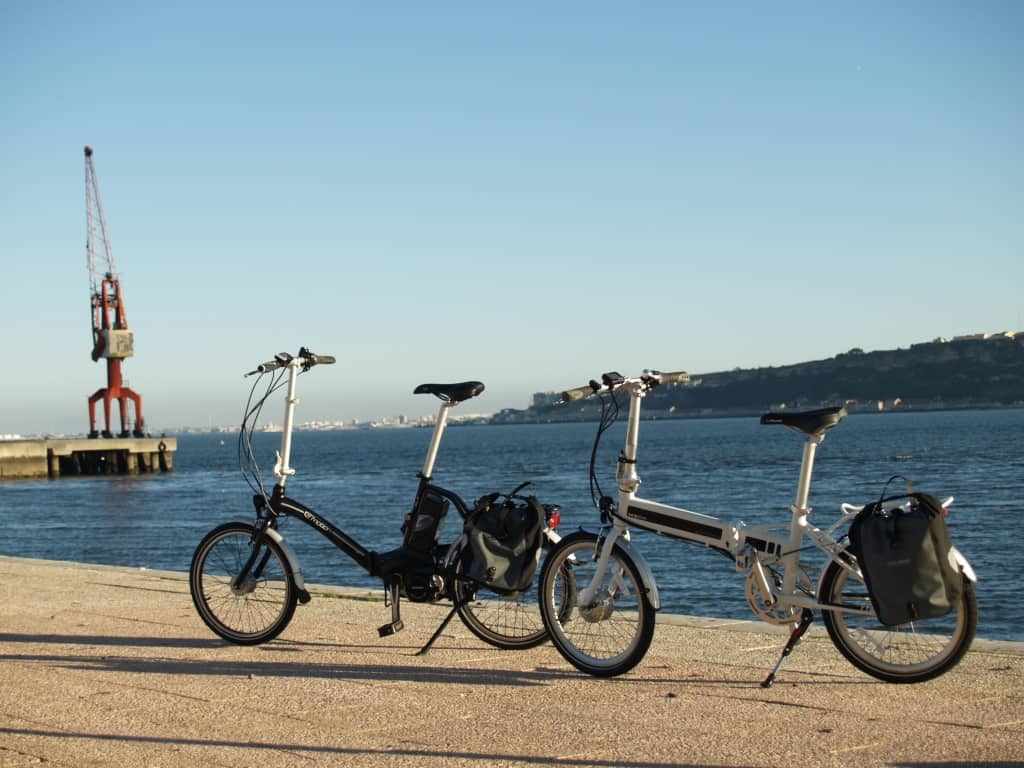
Micromobility devices include bicycles, e-bikes, electric scooters, electric skateboards, shared bicycle fleets, and electric pedal-assisted (pedelec) bicycles [1]. They are often used for short trips and first/last mile connections to public transit, as well as for leisure and exercise purposes.
One of the key benefits of micromobility is its ability to reduce traffic congestion and air pollution in urban areas. By providing an alternative to cars and other motorized vehicles, micromobility can help to reduce carbon emissions and improve air quality [2].
Another advantage of micromobility is its low cost. Compared to cars and other motorized vehicles, micromobility devices are relatively inexpensive to purchase and maintain. Additionally, many micromobility services are available on a pay-per-use basis, making them accessible to people of all income levels [3].
However, there are also some challenges associated with micromobility. One of the main concerns is safety, as micromobility devices are often used in close proximity to pedestrians and other vehicles. To address this issue, many cities have implemented regulations and safety guidelines for micromobility operators and riders [4].
Overall, micromobility is a promising solution for urban transportation challenges. As cities continue to grow and evolve, it is likely that micromobility will play an increasingly important role in providing sustainable, affordable, and convenient transportation options for residents and visitors alike.
Types of Micromobility
There are several types of micromobility solutions. Micromobility refers to small, lightweight vehicles designed for short-distance travel. These vehicles are often electric-powered and can be rented or owned for personal use. In this section, I will discuss the different types of micromobility vehicles available.
E-Scooters
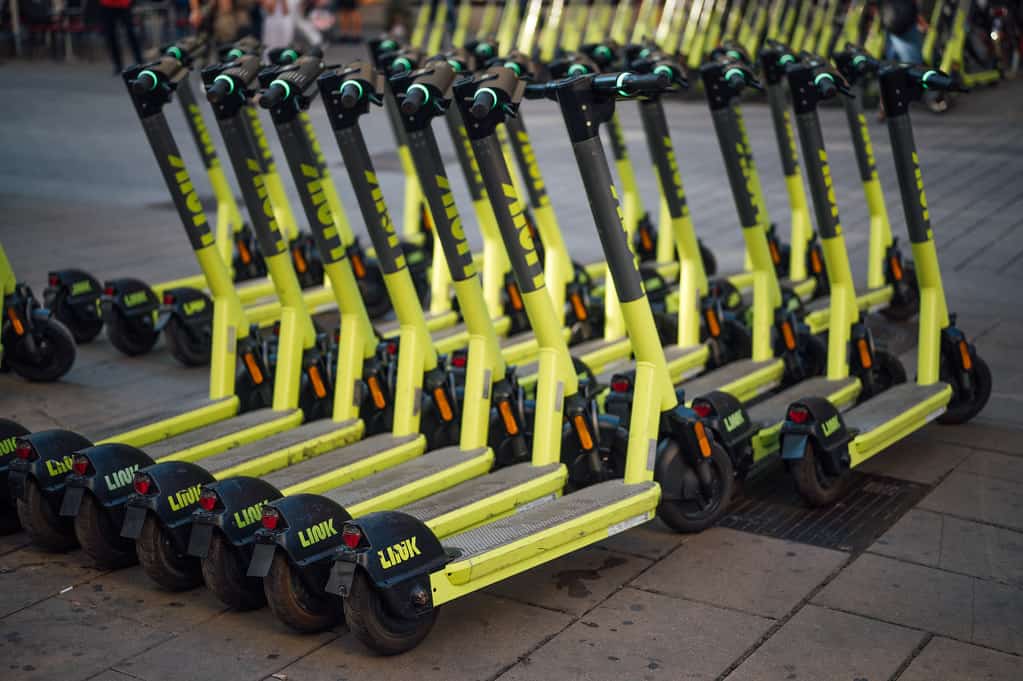
E-scooters are one of the most popular types of micromobility vehicles and are the symbol of electric micromobility. They are compact, lightweight, and easy to ride, thus representing the number one of all micromobility trends. E-scooters are powered by an electric motor and can reach speeds of up to 15 mph. They are perfect for short trips around the city and can be rented through various apps.
Bicycles

Bicycles have been a popular mode of transportation for decades. They are environmentally friendly and provide a great way to exercise. Traditional bicycles are not considered micromobility vehicles, but they can still be used for short-distance travel. They are also often used in bike-sharing programs, which allow users to rent bicycles for a short period.
E-Bikes
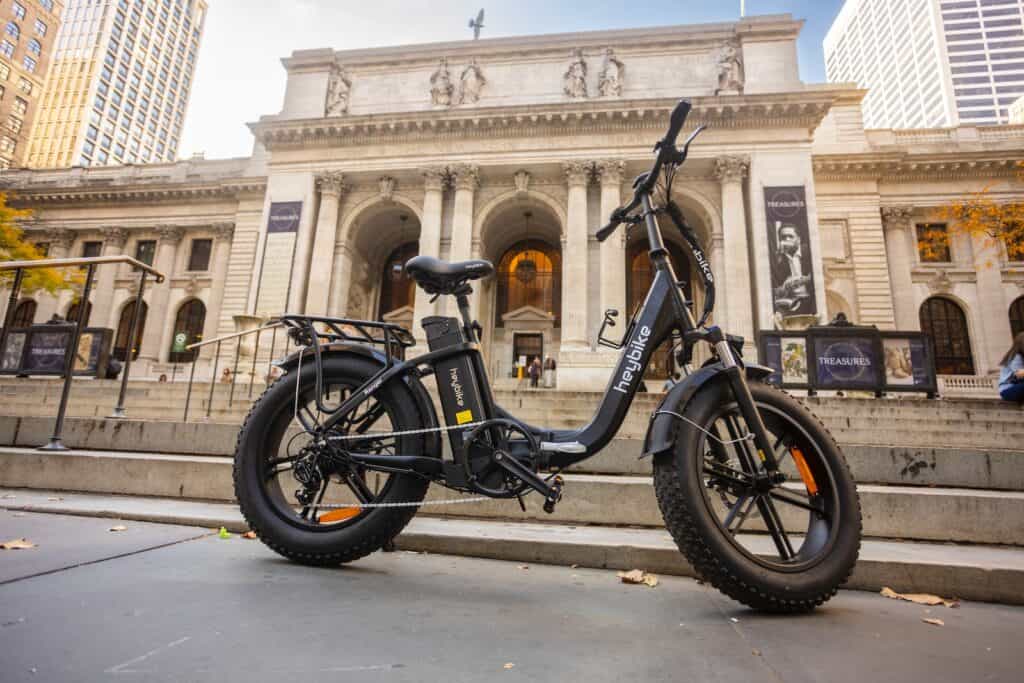
E-bikes are similar to traditional bicycles, but they are powered by an electric motor. They can reach speeds of up to 28 mph and are perfect for longer trips or hilly terrain. E-bikes are often used by commuters who want to avoid traffic and save money on transportation costs.
Shared Bikes

Shared bikes exemplify the concept of shared micromobility. Commonly available in eco-friendly cities’ bike-sharing initiatives, these bikes can be rented temporarily and returned to specific spots. Shared bikes are a great option for short trips around the city and are often more affordable than other modes of transportation.
Benefits of Micromobility
Micromobility has become increasingly popular in recent years, and for good reason. There are numerous benefits associated with using small, low-speed, human- or electric-powered transportation devices. In this section, I will discuss some of the benefits of micromobility, including its environmental impact, urban mobility, and health benefits.
Environmental Impact
One of the most significant benefits of micromobility is its positive impact on the environment. Micromobility devices, such as bicycles, electric scooters, and electric-assist bicycles, produce zero emissions and have a much smaller carbon footprint than traditional vehicles. By using micromobility devices, individuals can reduce their carbon footprint and help to mitigate the effects of climate change.
Urban Mobility
Micromobility devices are also an excellent solution for urban mobility. In many cities, traffic congestion is a significant problem, and traditional vehicles can exacerbate this issue. However, micromobility devices are small and agile, making them ideal for navigating crowded urban areas. Additionally, micromobility devices can be parked in much smaller spaces than traditional vehicles, which can help to alleviate parking problems in urban areas.
Health Benefits
Using micromobility devices can also have numerous health benefits. For example, riding a bicycle or electric-assist bicycle is an excellent form of low-impact exercise that can help to improve cardiovascular health, build muscle, and reduce stress levels. Additionally, using micromobility devices can help to reduce the risk of obesity, diabetes, and other chronic health conditions associated with a sedentary lifestyle.

Challenges in Micromobility
As with any emerging industry, micromobility faces several challenges that need to be addressed to ensure its sustainable growth. In this section, I will discuss three main challenges that the industry is currently facing: safety concerns, regulatory challenges, and infrastructure needs.
Safety Concerns
One of the biggest challenges in micromobility is ensuring the safety of riders, pedestrians, and other road users. Micromobility vehicles such as e-bikes and e-scooters can travel at high speeds and are often used in busy urban areas, increasing the risk of accidents. To address this challenge, micromobility operators need to implement safety measures such as providing helmets, enforcing speed limits, and educating riders on safe riding practices.
Additionally, there is a need for better infrastructure to accommodate micromobility vehicles. Many cities lack dedicated bike lanes, making it difficult for riders to navigate safely. By investing in safer infrastructure, cities can encourage more people to use micromobility vehicles, reducing traffic congestion and improving overall safety.
Regulatory Challenges
Another challenge in micromobility is navigating the complex regulatory landscape. Micromobility operators must comply with a range of regulations, including those related to vehicle safety, insurance, and licensing. Additionally, different cities and countries have varying regulations, making it difficult for operators to expand their services globally.
To address this challenge, micromobility operators need to work closely with regulators to develop policies that balance safety with innovation. By collaborating with regulators, operators can ensure that their services are compliant with local regulations, reducing the risk of fines or legal action.
Infrastructure Needs
Finally, micromobility faces infrastructure challenges that need to be addressed. Micromobility vehicles require charging stations and parking facilities, which can be expensive to build and maintain. Additionally, the lack of infrastructure in some areas can limit the availability of micromobility services, reducing their overall impact.
To address this challenge, cities and operators need to work together to develop infrastructure that supports micromobility. This could include installing charging stations and bike racks, as well as developing partnerships with local businesses to provide parking facilities.
Future of Micromobility
Micromobility is a rapidly growing industry that is changing the way people move around cities. In the future, micromobility is expected to play an increasingly important role in urban transportation. There are several factors that will shape the future of micromobility, including technological advancements and policy changes.
Technological Advancements
One of the main drivers of the growth of micromobility is technological advancements. Electric bikes, e-scooters, and other micromobility vehicles are becoming more advanced, with longer battery life and improved safety features. In the future, micromobility vehicles are likely to become even more advanced, with features such as:
- Integrated GPS systems that provide real-time traffic information and route recommendations
- Advanced sensors that can detect obstacles and adjust speed accordingly
- Improved battery technology that allows for longer range and faster charging
- More lightweight and durable materials that make micromobility vehicles more efficient and sustainable
As these technological advancements continue to improve, micromobility will become an even more attractive option for urban transportation.
Policy Changes
Another factor that will shape the future of micromobility is policy changes. Many cities around the world are implementing policies that encourage the use of micromobility vehicles as a way to reduce traffic congestion and air pollution. For example, some cities are creating dedicated bike lanes and parking areas for micromobility vehicles, while others are implementing regulations that require car-sharing companies to include micromobility options in their fleets.
In addition to these policy changes, there is also a growing awareness of the environmental benefits of micromobility. As more people become aware of the impact of their transportation choices on the environment, there is likely to be a shift towards more sustainable modes of transportation, such as micromobility.
Overall, the future of micromobility looks bright. With continued technological advancements and policy changes, micromobility is likely to become an even more important part of urban transportation in the years to come.
Conclusion
In conclusion, Micromobility is a rapidly growing trend in urban transportation. As cities become more crowded and congested, people are looking for alternative modes of transportation that are more efficient and sustainable. Micromobility offers a solution to this problem by providing compact and eco-friendly vehicles that can easily navigate through busy city streets.
Another advantage of Micromobility is that it can help to reduce traffic congestion and improve overall mobility in cities. By using smaller vehicles that can maneuver through tight spaces, Micromobility users can avoid the traffic jams that often plague urban areas. This can help to reduce travel times and make it easier for people to get around.
Despite these benefits, there are also some challenges associated with Micromobility. One of the biggest challenges is ensuring that Micromobility vehicles are used safely and responsibly. This requires a combination of education, regulation, and enforcement to ensure that users follow the rules of the road and avoid accidents.
Overall, Micromobility is a promising trend that has the potential to transform urban transportation. By providing a more sustainable, affordable, and efficient mode of transport, Micromobility can help to create more livable and vibrant cities. As the technology continues to evolve and more people embrace this trend, we can expect to see Micromobility become an even more important part of our daily lives.
FAQ
Examples of micromobility include shared bikes, electric scooters, skateboards, and even electric unicycles. These lightweight vehicles are designed for individual use and typically operate at lower speeds.
Micromobility refers to a range of compact, lightweight vehicles designed for individual use, primarily operating at speeds under 25 km/h (15 mph). These vehicles often serve as an alternative for short-distance urban travel.
Micromobility typically pertains to small, lightweight vehicles designed for individual use, like electric scooters or skateboards. Minimobility, on the other hand, covers vehicles designed for one or two individuals, offering protection from the elements, and bearing similarities to traditional cars.
Yes, bicycles fall under the category of micromobility. They are lightweight, designed for individual use, and are often utilized for short-distance urban travel.
References:
[2] Minimobility: The next big thing in urban mobility? – McKinsey & Company
[3] The two-wheeled commute: Micromobility and your future – McKinsey & Company
[4] Why micromobility is here to stay | McKinsey

